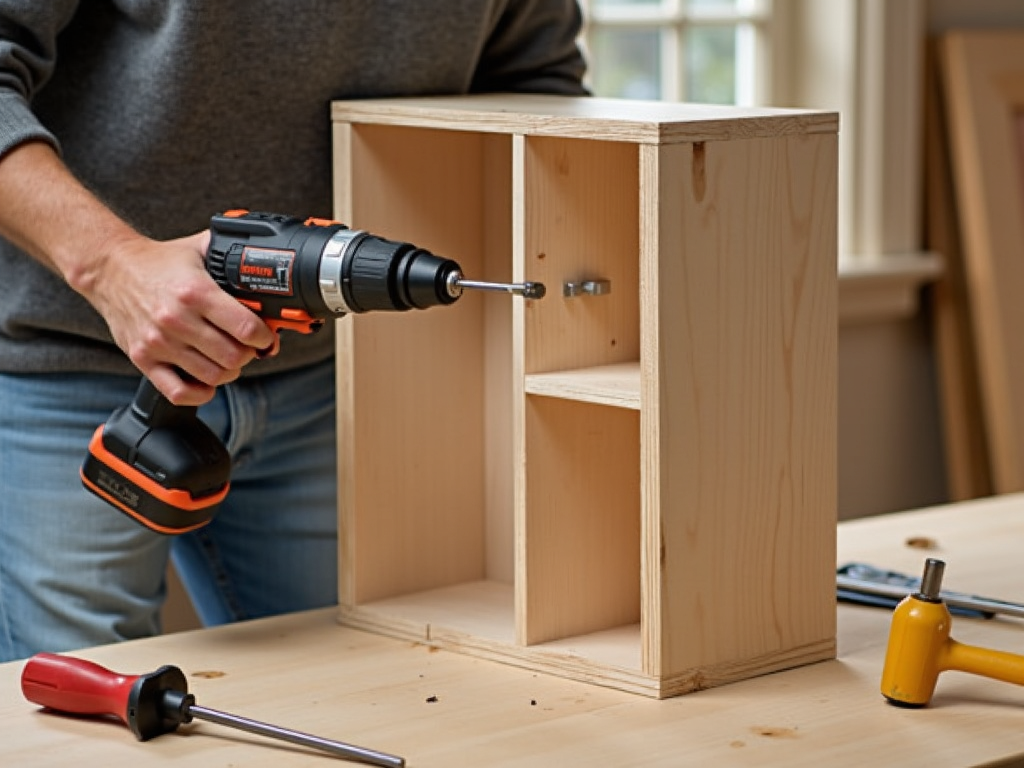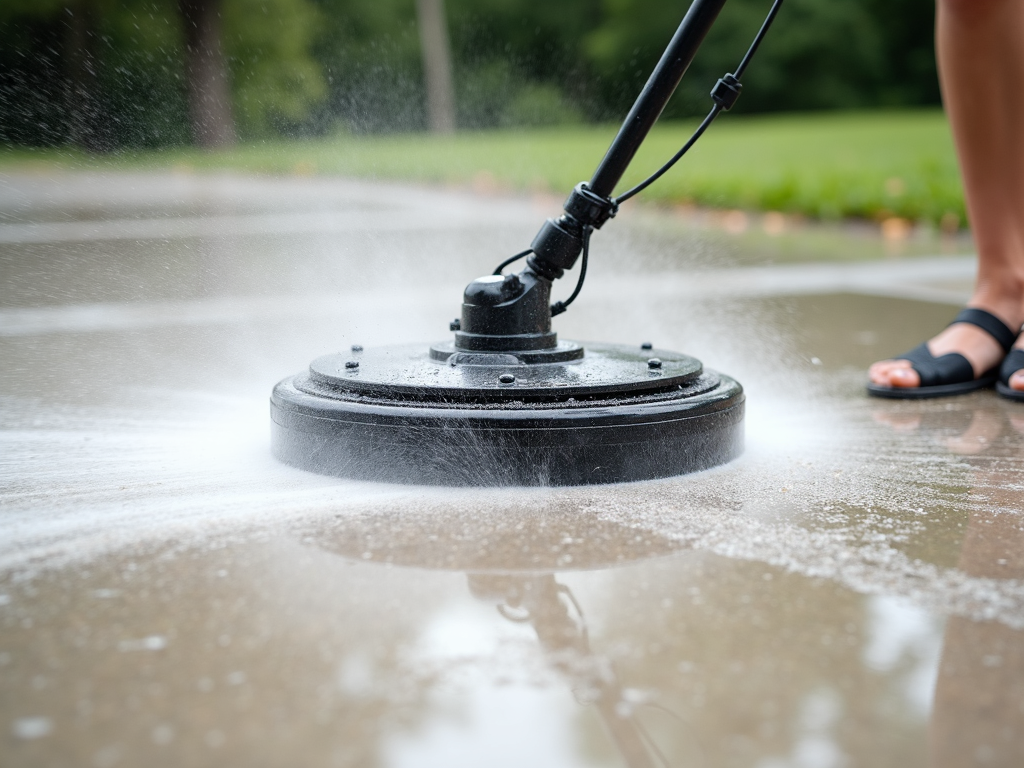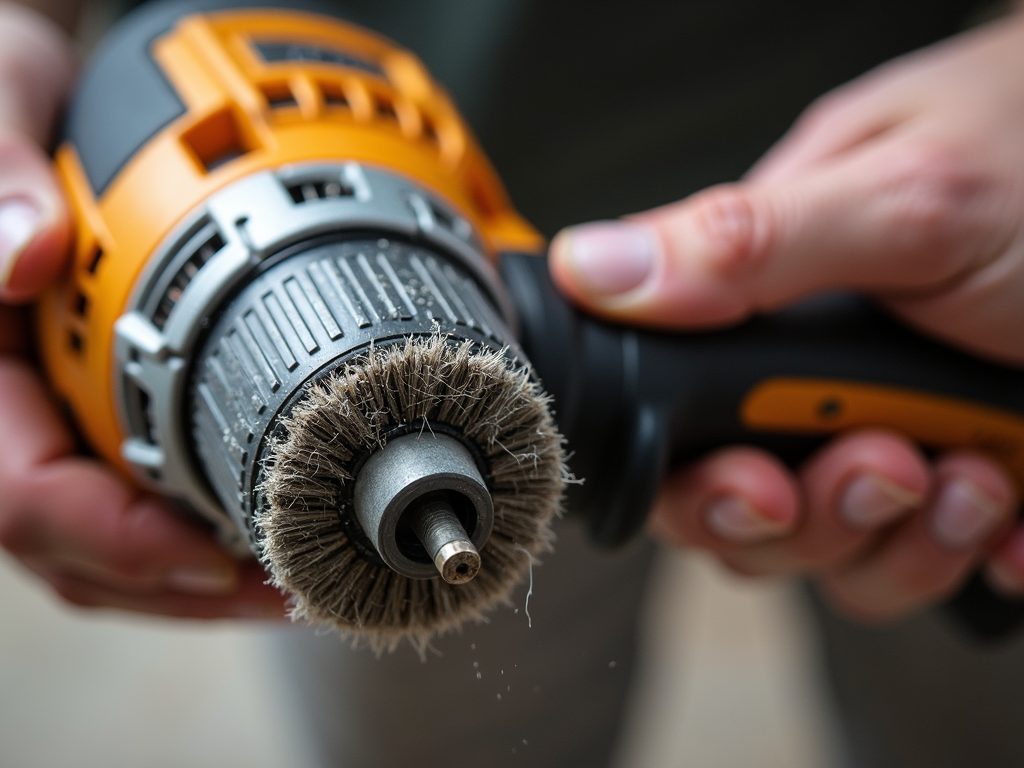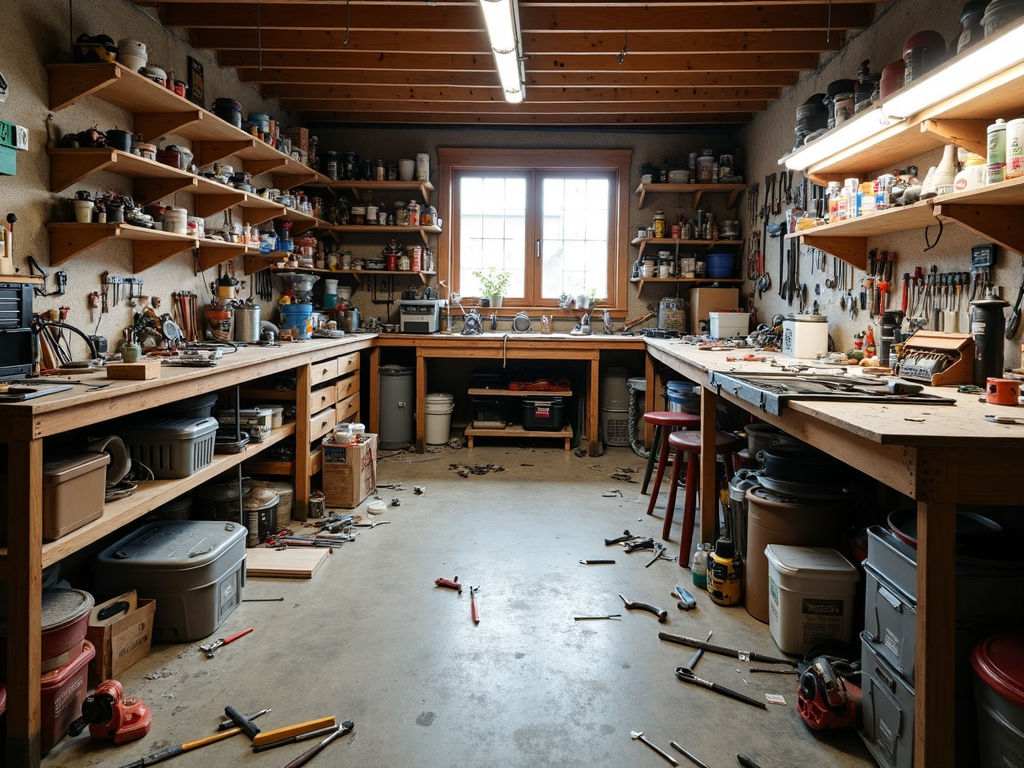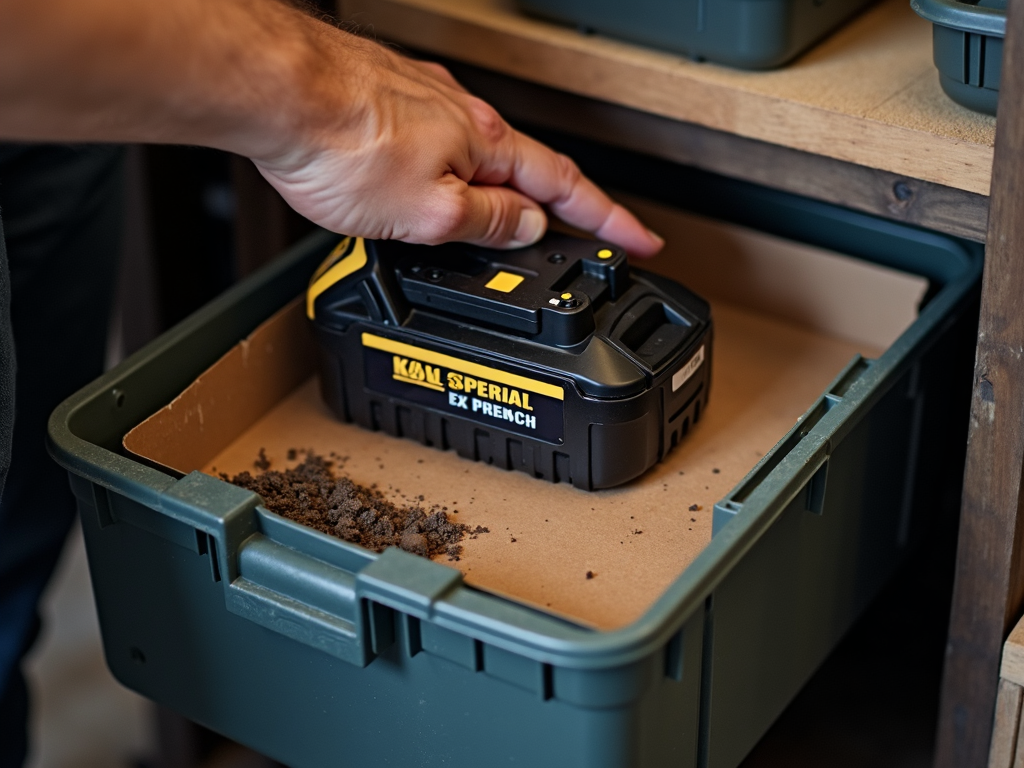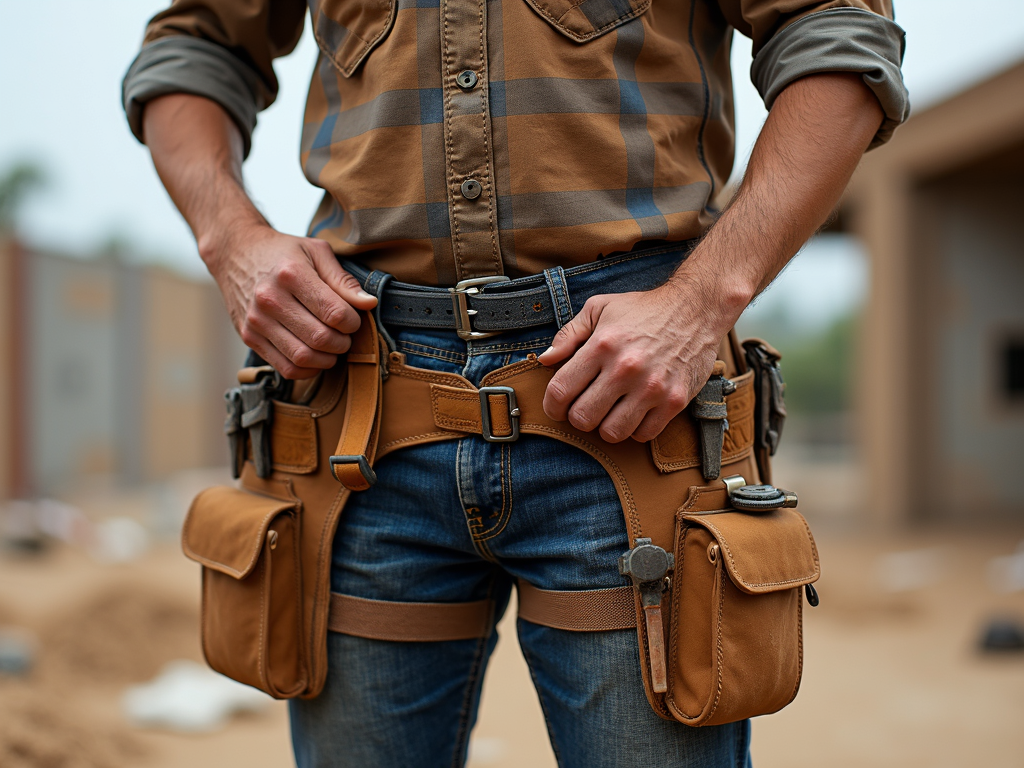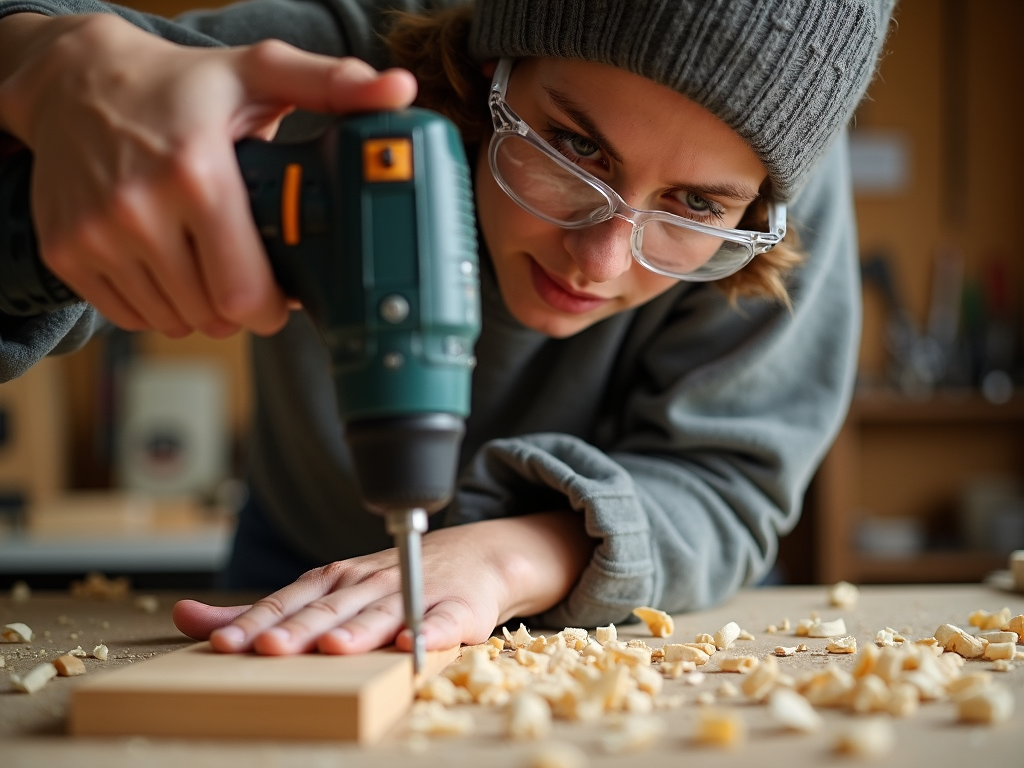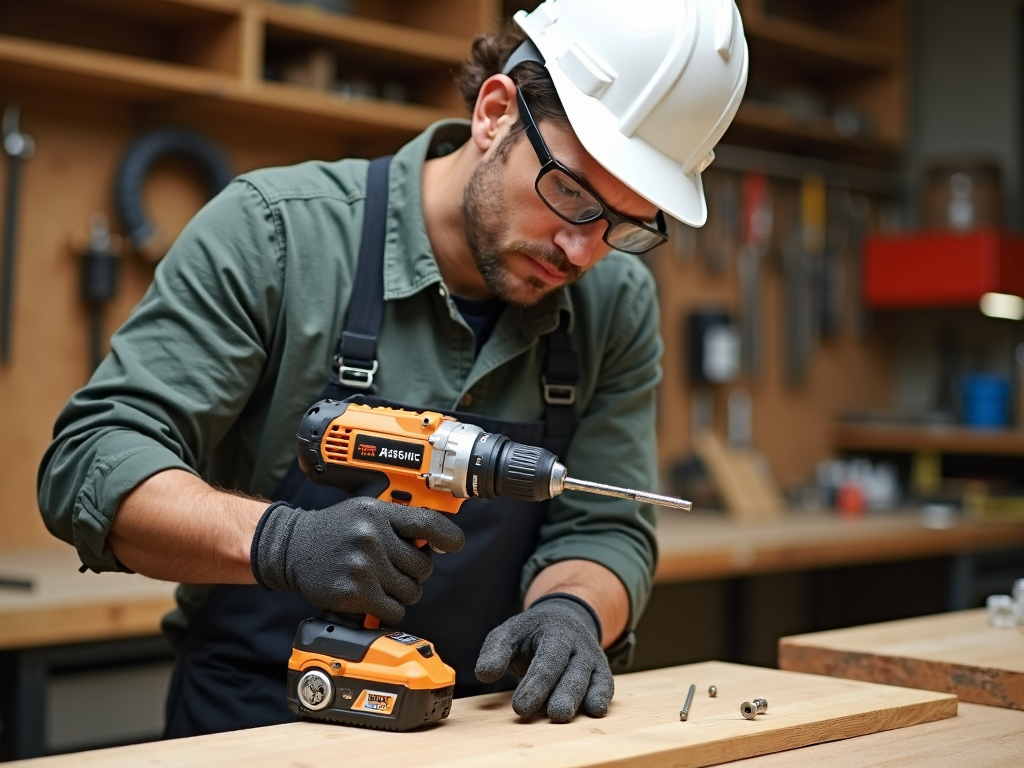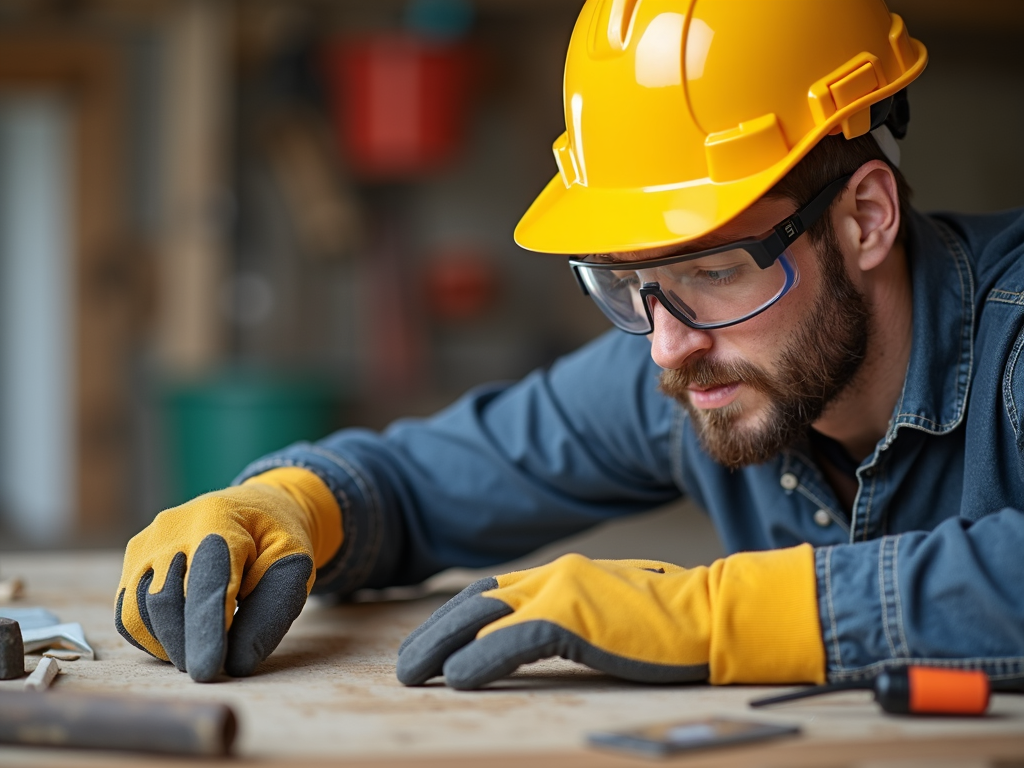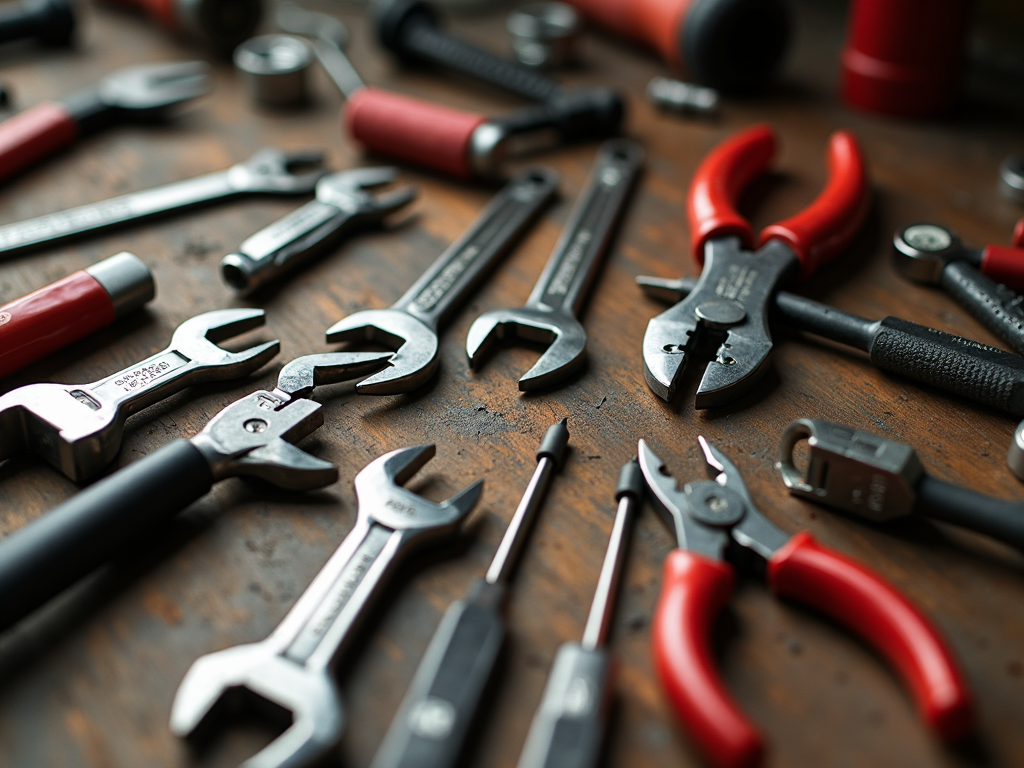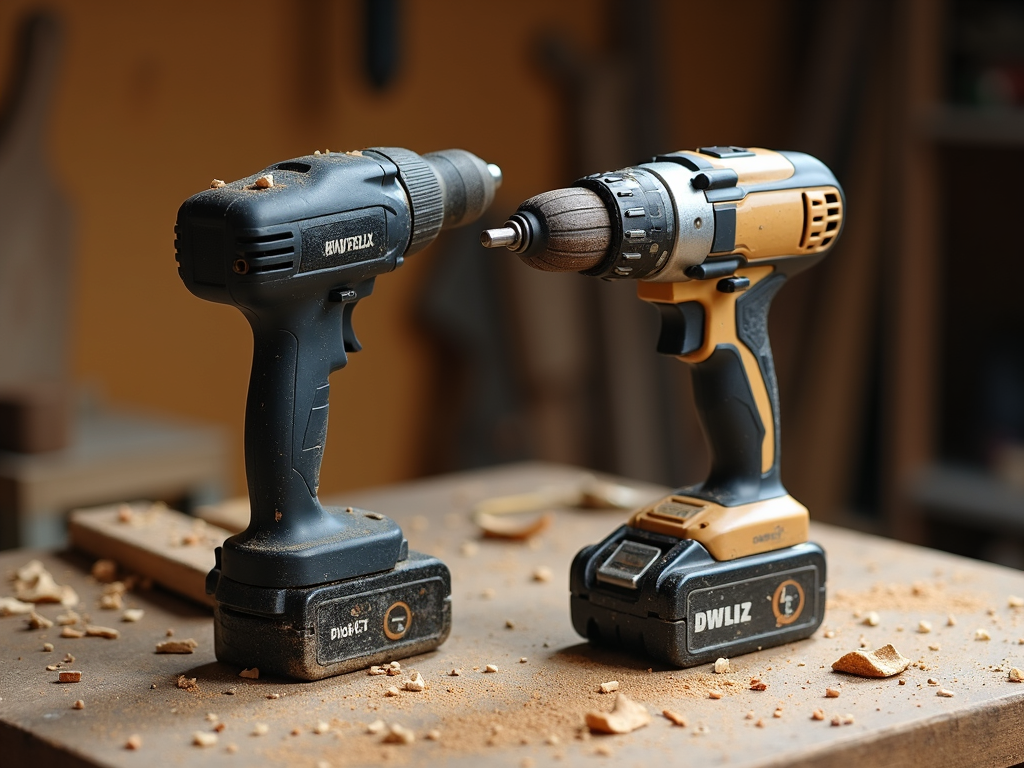Choosing the right hammer for your project is crucial for both efficiency and safety. This comprehensive guide will walk you through the different types of hammers, how to select the right one for your needs, and essential safety tips every workman should know. Whether you're a seasoned professional or a DIY enthusiast, understanding these basics will ensure you get the job done right.

Types of Hammers
Hammers are one of the oldest and most essential tools in any workman's arsenal. Over the years, they have evolved into various forms, each tailored to specific tasks. Understanding the different types of hammers and their uses is crucial for selecting the right one for your project.
-
Claw Hammer: This is perhaps the most iconic and versatile hammer. It features a flat face for driving nails and a curved claw for removing them. The claw hammer is a staple in woodworking and general construction. I remember using a claw hammer for the first time when I was building a birdhouse in my backyard. Its balanced weight and ergonomic design made it easy to handle, even for a beginner.
-
Sledgehammer: When brute force is required, the sledgehammer is the tool of choice. With its large, heavy head and long handle, it's designed for demolition work, driving stakes, or breaking up concrete. During a home renovation project, I had to remove an old concrete slab. The sledgehammer's weight and momentum made quick work of the task, though it was physically demanding.
-
Ball-Peen Hammer: This hammer is characterized by its rounded peen opposite the flat face. It's primarily used in metalworking for shaping metal, riveting, and striking punches. I once assisted a friend in restoring an old car, and the ball-peen hammer was indispensable for shaping the metal body panels.
-
Framing Hammer: Designed specifically for carpentry, the framing hammer has a longer handle and a heavier head than a standard claw hammer. This allows for more force when driving large nails into framing lumber. When I was helping to build a deck, the framing hammer's power and reach were essential for securing the joists and beams.
-
Rubber Mallet: Unlike the metal-headed hammers, a rubber mallet has a soft, non-marring head. It's ideal for tasks that require a gentler touch, such as assembling furniture or working with delicate materials. I often use a rubber mallet when installing hardwood flooring to avoid damaging the wood.
Each type of hammer serves a unique purpose, and having the right one for the job can significantly improve your efficiency and the quality of your work.

How to Choose the Right Hammer
Selecting the right hammer is not just about picking the one that looks the most impressive; it's about matching the tool to the task at hand. Here are some key factors to consider:
-
Project Type: The nature of your project is the primary determinant of which hammer to use. For general tasks like hanging pictures or assembling furniture, a claw hammer is sufficient. However, for more specialized tasks, such as metalworking or demolition, you'll need a hammer designed for those purposes.
-
Material: The material you're working with also plays a role. For woodworking, a claw hammer or framing hammer is ideal. For metal, a ball-peen hammer is better suited. If you're working with delicate materials, a rubber mallet or a dead-blow hammer (which has a head filled with shot to reduce rebound) might be necessary.
-
Comfort and Ergonomics: A hammer should feel comfortable in your hand. Consider the weight; a hammer that's too heavy will tire you out quickly, while one that's too light might not provide enough force. The handle length is also important; a longer handle provides more leverage but can be harder to control. Additionally, look for a hammer with a grip that feels secure and reduces vibration.
-
Quality and Durability: Investing in a high-quality hammer is worthwhile. Look for hammers with forged steel heads and sturdy handles made from materials like hickory or fiberglass. A good hammer should have a tight connection between the head and the handle to prevent accidents.
-
Personal Experience and Strength: Your own physical capabilities and experience level should also influence your choice. If you're new to using hammers, start with a lighter, more manageable model. As you gain experience and strength, you can move on to heavier hammers for more demanding tasks.
I recall a time when I was helping a friend build a shed. He handed me a framing hammer, which was much heavier than what I was used to. Initially, I struggled with the weight, but as I adjusted my technique, I found that the extra power made driving the large nails much easier. This experience taught me the importance of matching the hammer to both the task and the user.

Safety Tips Every Workman Should Know
Safety should always be the top priority when using any tool, especially something as potentially dangerous as a hammer. Here are some essential safety tips to keep in mind:
-
Wear Appropriate Safety Gear: At a minimum, you should wear safety goggles to protect your eyes from flying debris. Gloves can provide additional protection for your hands, and ear protection might be necessary if you're working in a noisy environment.
-
Inspect Your Hammer Regularly: Before each use, check your hammer for any signs of damage. Look for cracks in the handle, a loose or wobbly head, or any other defects that could compromise its integrity. A damaged hammer can be dangerous, as the head could fly off during use.
-
Use the Correct Technique: Proper hammering technique not only improves efficiency but also reduces the risk of injury. Hold the hammer near the end of the handle to maximize control and power. Swing the hammer with a smooth, controlled motion, letting the weight of the head do the work. Avoid over-swinging, which can lead to loss of control.
-
Secure the Workpiece: Ensure that the material you're hammering is securely clamped or held in place. This prevents it from moving unexpectedly, which could cause you to miss your target and potentially injure yourself or others.
-
Be Aware of Your Surroundings: Make sure the area around you is clear of other people, especially when swinging a hammer. Also, be mindful of any obstacles that could interfere with your swing or cause you to lose balance.
-
Store Hammers Properly: When not in use, store your hammers in a dry, secure location. Hanging them on a pegboard or placing them in a toolbox can prevent them from becoming damaged or causing accidents.
According to the Occupational Safety and Health Administration (OSHA), hand tool injuries account for a significant portion of workplace accidents. By following these safety tips, you can minimize your risk and ensure a safe working environment.
I learned the importance of safety gear the hard way. During a DIY project, I was hammering nails without goggles, and a small splinter flew into my eye. Fortunately, it was minor, but it could have been much worse. Since then, I've made it a habit to always wear safety gear, no matter how small the task.

Top 10 Tools Every Workman Should Own
While a hammer is a fundamental tool, a well-rounded toolkit includes several other essentials that can make your projects easier and more efficient. Here are the top 10 tools every workman should own:
-
Screwdrivers: Both flathead and Phillips screwdrivers are necessary for tightening or loosening screws. They are often used in conjunction with hammers for tasks like assembling furniture or installing hardware.
-
Pliers: Pliers are versatile tools for gripping, bending, and cutting wires or small objects. They can be particularly useful when you need to hold a nail in place while hammering.
-
Tape Measure: Accurate measurements are critical for any project. A tape measure ensures that your cuts and placements are precise, which is especially important when using a hammer to drive nails or stakes.
-
Level: A level helps you ensure that your work is straight and even. Whether you're hanging shelves or framing a wall, a level is indispensable for achieving professional results.
-
Utility Knife: A sharp utility knife is essential for cutting various materials, from cardboard to drywall. It's often used alongside a hammer for tasks like scoring and breaking materials.
-
Adjustable Wrench: An adjustable wrench can handle a variety of bolt sizes, making it a versatile addition to your toolkit. It's useful for assembling or disassembling equipment where a hammer might be too forceful.
-
Chisel: A chisel is used for carving or cutting hard materials like wood or metal. When used with a hammer, it can create precise cuts or shapes.
-
Safety Gear: This includes safety goggles, gloves, ear protection, and a dust mask. Protecting yourself is crucial, especially when using powerful tools like hammers.
-
Flashlight: A good flashlight is essential for working in poorly lit areas or for inspecting tight spaces. It can help you see where to place your hammer strikes accurately.
-
Toolbox: A sturdy toolbox keeps all your tools organized and easily accessible. It also helps prevent damage to your tools and reduces the risk of accidents.
Each of these tools complements the use of a hammer in different ways. For example, using a tape measure and level ensures that your hammer strikes are precise, while safety gear protects you from potential hazards. I always keep my toolbox stocked with these essentials, and it's made a significant difference in the quality and safety of my work.
In summary, choosing the right hammer for your project involves understanding the different types available, considering the specific needs of your project, and prioritizing safety. By following the tips and insights shared in this guide, you'll be well-equipped to tackle any hammering task with confidence.
For further reading, check out these related articles:
- "Mastering the Art of Hammering: Techniques for Precision and Power"
- "Essential Safety Gear for Every Workman"
- "Building Your Toolkit: Must-Have Tools for Beginners"
These resources will provide you with additional knowledge and skills to enhance your workmanship.
Related How to Choose the Right Hammer for Your Project:
- DIY Projects to Test Your New Tools: A Comprehensive Guide
- Top 10 Power Washer Accessories for Car Cleaning
- Essential Workman Tool Maintenance Tips for Longevity and Performance
- Top 10 Electrical Tools Every Homeowner Should Have
- How to Organize Your Workshop for Efficiency
- How to Maintain Your Cordless Power Tools: A Comprehensive Guide
- The Ultimate Guide to Tool Belts for Construction Workers
- Essential Safety Gear for Power Tool Users: A Comprehensive Guide
- Safety First: Using Tools the Right Way
- DIY Safety: Tips to Avoid Common Mistakes
- Workman Tools for Plumbing Projects: A Comprehensive Guide
- The Evolution of Power Tools: From Manual to Modern
